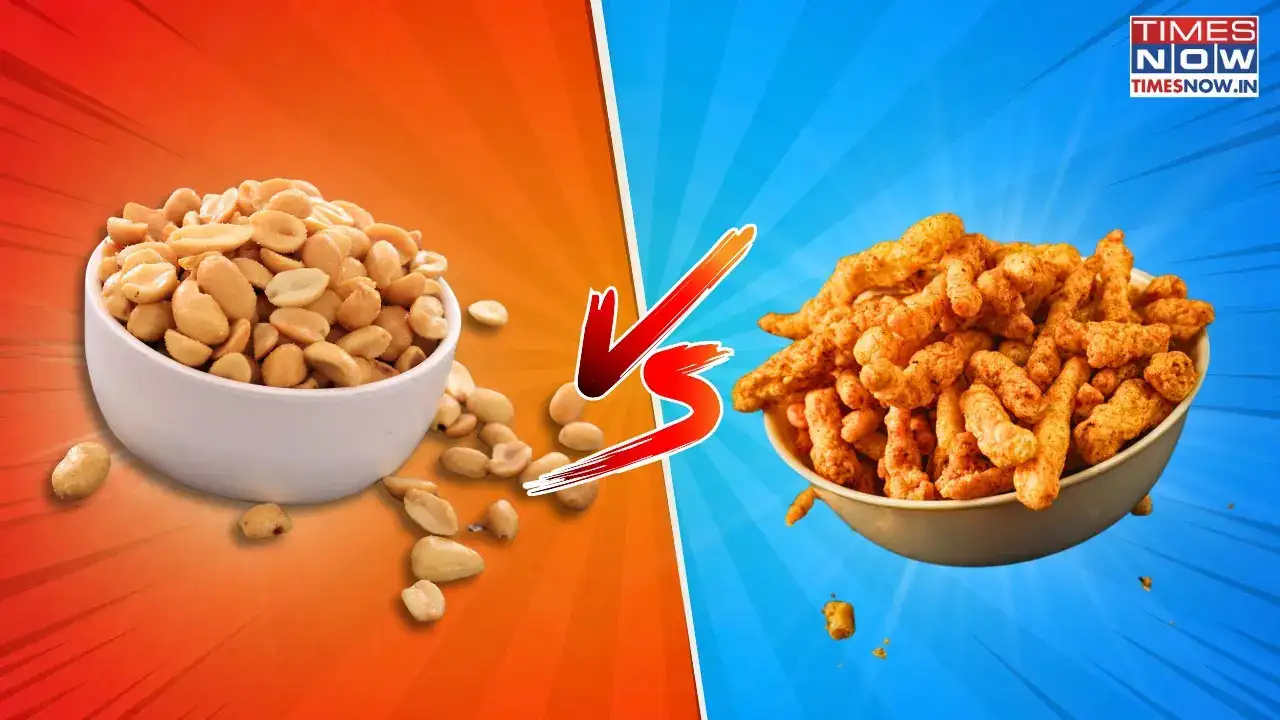
Calorie Illusion Challenge: Most People Guess Wrong!
We have all been there, trying to make a smart snacking choice, watching calories, aiming for a cleaner diet, only to end up debating between two familiar options. Say puffcorn and roasted peanuts. One seems like classic junk food, the other a natural, protein-packed snack. Easy choice, right? Most people would confidently reach for an option that contains significantly more calories than the same amount of the second option.
So, in the Calorie Illusion Challenge, you just picked the heavier hitter!
Yes, really.
Assuming that puffcorn is the unhealthier, therefore heavier option, you chose peanuts. But the truth is that 90 grams of roasted peanuts contain significantly more calories than the same amount of puffcorn. In fact, peanuts clock in at about 560 calories, while the latter lingers around 450 calories.
In a classic example of how appearances and assumptions can deceive, a 90-gram pack of roasted peanuts contains a whopping 560 calories, while the same amount of Kurkure comes in at a comparatively modest 450 calories. That is over 100 calories’ difference in favour of the junk food.
Now, before you start believing puffcorn as the next health food trend, let us be clear: this is not a nutritional endorsement of spicy, deep-fried corn puffs. What it is, though, is a wake-up call to the weird ways our brains interpret food and health.
The “Healthy = Low-Calorie” Myth
We are conditioned to associate natural, “wholesome” foods with fewer calories. Peanuts? High in protein and good fats, great for snacking. Puffcorn? Artificially flavoured, fried, and the subject of many a dubious WhatsApp forward. So naturally, we assume the former is lighter on the calorie count.
But healthy does not always mean low-calorie. Peanuts, while packed with nutrients, are also calorie-dense. They have high fat content. On the flip side, snacks like puffcorn are made to be puffy, crunchy, and less dense, meaning fewer calories per gram.
What Are You Really Eating?
Say you are watching your calorie intake for the day and trying to stay within a certain limit. If you are mindlessly munching peanuts, thinking, “This is healthy, so it doesn’t count,” you are in for a calorific surprise. It is probably double the calories of the equivalent puffcorn portion.
Yet, it is not all about numbers. While puffcorn may win the calorie race, it loses in terms of nutritional value.
